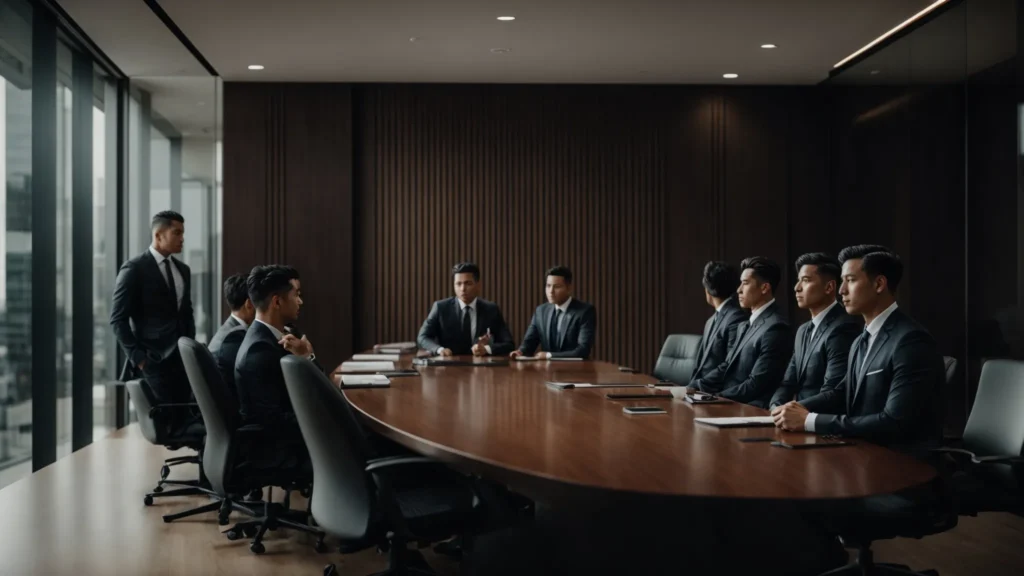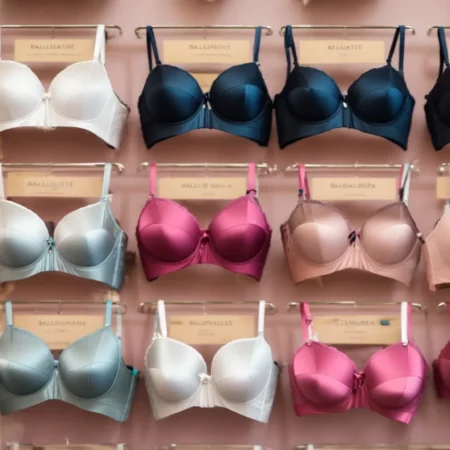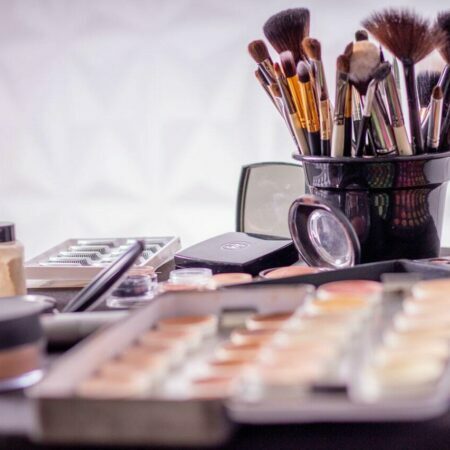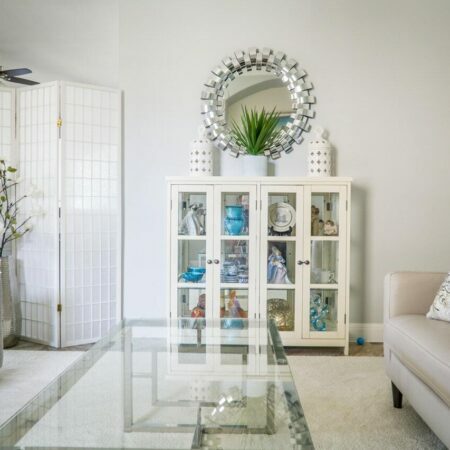The Essential Guide To Choosing the Perfect Boardroom Suit for Men
When it comes to showcasing professionalism and commanding respect in the business arena, nothing makes a statement quite like a sharp, well-tailored suit. For men who are climbing the corporate ladder or solidifying their presence in the boardroom, selecting the right suit becomes an essential part of their professional wardrobe. The perfect boardroom suit reflects not just personal style but also conformity to corporate culture, attention to detail, and an understanding of fashion subtleties. In this article, we’ll explore the key factors to keep in mind when choosing a suit that will help you stand out for all the right reasons.
Understanding the Importance of a Well-Fitted Boardroom Suit

The key to a powerful boardroom wardrobe is a well-fitted suit. Beyond size, it’s about how the fabric drapes your body—no bunching, no pulling—just clean lines that move with you. A proper fit enhances your physique and reinforces a polished, professional image. Details like sleeve length and trouser break subtly influence how capable and composed you appear.
Fit isn’t one-size-fits-all; professional measurements help determine the cuts and silhouettes that suit your shape, whether classic or slim. Regardless of preference, the suit should feel tailored to you. A sharp fit can elevate confidence, presence, and perception in professional settings. Investing in made-to-measure or bespoke pieces ensures timeless style and showcases a level of refinement that leaves a lasting impression in any corporate environment.
The Role of Fabric and Color in Boardroom Suit Selection
Choosing the right fabric and color for a boardroom suit is essential for both appearance and comfort. Wool remains a top choice for its durability, temperature regulation, and year-round suitability, while blends like cashmere or silk add luxury at a higher cost. Color plays a key role in perception—classic shades such as navy, charcoal, and black project authority and are ideal for conservative settings.
These neutral tones also pair well with varied shirt and tie combinations. For a bolder look, subtle patterns or different hues can be effective, especially in creative industries, but should be used cautiously in traditional fields. Balancing fabric quality with an appropriate color ensures your attire aligns with both personal style and professional expectations.
Classic Styles vs. Modern Trends in Boardroom Attire
Choosing between classic and modern suit styles depends on your industry and image. Classic suits—with notched lapels, traditional cuts, and neutral colors—offer timeless versatility, especially in conservative business settings. Modern trends, like slimmer fits and bold fabrics, can help you stand out but may not suit all workplaces.
Blending both styles is often ideal; for example, a tapered waist or shorter trouser break can refresh a traditional silhouette without compromising professionalism. The goal is balance—updating your wardrobe while respecting workplace expectations. Your suit should reflect not just fashion sense but also an understanding of your company’s culture and your professional identity.
Navigating Suit Customizations and Accessories for a Professional Look

Personalizing your boardroom look with thoughtful customizations and accessories adds subtle sophistication. Options like monogramming, unique buttons, or distinctive linings can make your suit stand out while maintaining a professional tone. Avoid excessive customization that detracts from the suit’s purpose.
Accessories such as ties, pocket squares, and cufflinks offer functional style and can reflect personality when chosen with care. A silk tie in a muted pattern or coordinating shade enhances your appearance without being distracting. Footwear and belts should be high-quality and coordinated in color, as shoes often draw attention. Clean, polished shoes suitable for the setting are essential. Customizations and accessories should amplify professionalism, not overshadow it.
Maintaining Your Boardroom Suit: Tips for Longevity and Style Preservation
Proper care is key to extending the life of your suit. While occasional dry cleaning keeps it looking sharp, overuse can degrade the fabric. Instead, spot clean when needed and use a steamer or iron to maintain its crispness. Always hang your suit on padded or wooden hangers to preserve its shape, and use garment bags for long-term storage.
Rotating your wardrobe helps prevent overuse and allows the fabric time to recover between wears. Polished suits made for the boardroom are more than a fashion choice—they’re a professional investment. With smart maintenance habits, your suit will retain its form and impact for years.
Altogether, the right boardroom suit is more than just clothing; it’s a statement of your professionalism and attention to detail. By following these guidelines, you can ensure that your choice of suit is a reflection of your precision, understanding of corporate culture, and commitment to excellence. A well-considered suit is an investment in your career, and with the right care, it will serve you well in every professional encounter.









